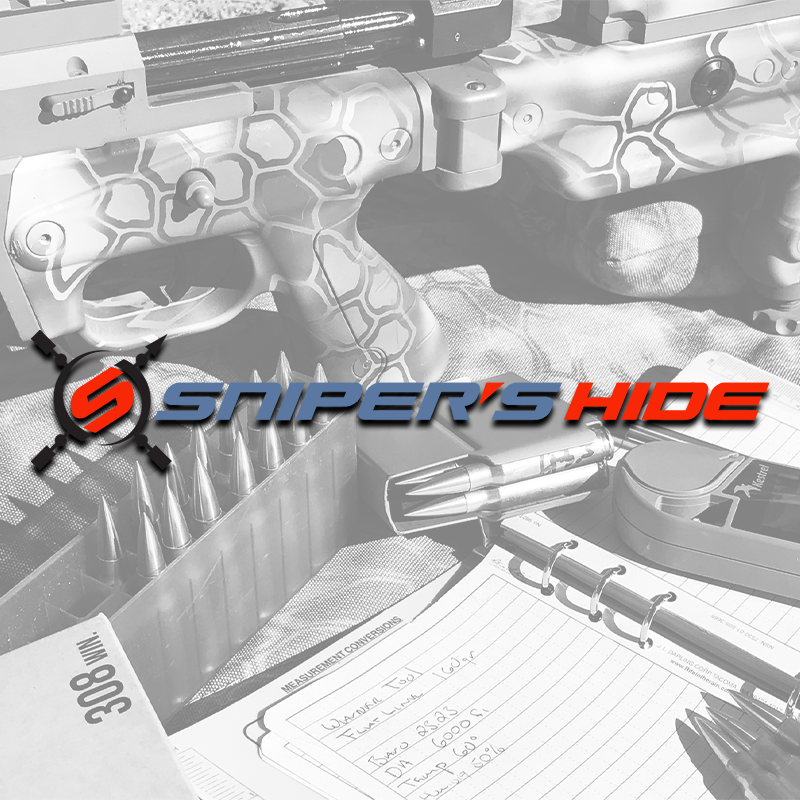Not sure what's causing this.
I just started annealing with an Annealeez and using 750 tempilaq inside the case neck to set the timing.
Removed the expander from Hornady Custom Grade 6.5 CM dies, so I am only sizing the neck down and bumping the shoulder. Then run them over a 21st Century Mandrel die (tin coated).
Checked the necks with a .262 pin and the pin is stopping at the shoulder and case neck junction. A .261pin drops straight through. .263 pin is snug and takes a bit of pressure to start.
Tried seating a few bullets and they start at about 30-40lbs on the gage. Then it takes all they way up to 150+ to seat all the way.
Trimmed case length is 1.910.
140gr Bullet length is 1.340
COAL is 2.820.
I have the boat tail past the neck slightly.
Tried this on both Hornady and Nosler brass. With and without powder and am having the same issue.
I haven't found a bushing die for 6.5CM in stock.
I just started annealing with an Annealeez and using 750 tempilaq inside the case neck to set the timing.
Removed the expander from Hornady Custom Grade 6.5 CM dies, so I am only sizing the neck down and bumping the shoulder. Then run them over a 21st Century Mandrel die (tin coated).
Checked the necks with a .262 pin and the pin is stopping at the shoulder and case neck junction. A .261pin drops straight through. .263 pin is snug and takes a bit of pressure to start.
Tried seating a few bullets and they start at about 30-40lbs on the gage. Then it takes all they way up to 150+ to seat all the way.
Trimmed case length is 1.910.
140gr Bullet length is 1.340
COAL is 2.820.
I have the boat tail past the neck slightly.
Tried this on both Hornady and Nosler brass. With and without powder and am having the same issue.
I haven't found a bushing die for 6.5CM in stock.




